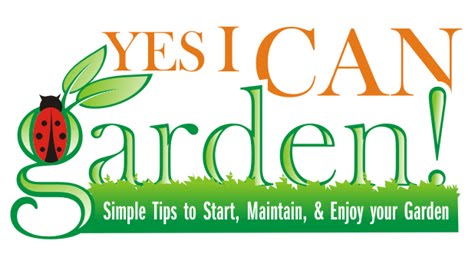The potager garden, as I mentioned in my post last week, is a formal but flexible garden design that can incorporate formal structures such as paths and hedges, as well as ornamental plants, herbs, vegetables, and flowers. It is one option for a formal herb garden, as are the following:
The Knot Garden
Another even more intricate design is the Knot Garden. This takes careful planning as well as regular maintenance to keep it looking good, since hedges are almost always part of the design, and these need to be kept neat so that the overall design is sharp and all of the lines can be seen clearly, as one approaches the garden and when one is walking within it (in the case of an open design). Usually knot gardens will feature only four or five plants, each chosen for a particular purpose. Hedges are sometimes used alone, in a series of interweaving lines that look like Celtic knots. Dense walls of branches and leaves are used to delineate the edges of pathways marked in gravel; scented plants such as lavender and sage are often featured for their visual interest (colour contrast and interesting foliage on some of the sage varieties, for example) as well as for their scent. Boxwood is very popular, as are germander, thyme, hyssop, lemon balm, and chamomile. Gardeners often choose to set plants next to each other for a contrasting foliage effect.
Parterres
Parterres are similar to the more complex knot gardens, and include pathways or areas covered in gravel, as well as densely planted herbs and shrubs in linear or undulating patterns. However, parterres are the simplified version of knot gardens, since they do without the intricate weaving featured in the former designs.
Knot gardens are best viewed from above, for full effect. Place them on the lowest level of a lawn with several terraces (but within view of the house or whatever building or viewing area is nearby), or on a flat area that can be viewed from a nearby lookout point or window. Use coloured gravel to further offset the annuals, perennials and the shrubs used in hedges. Depending on the conditions in the area where you live, you might also want to try mass plantings or accent areas featuring rhododendron, roses, or showy annuals.

Circular Gardens
Another design option for a formal design with less upkeep involved is the circular garden. Simply mark the centre and perimeter of your garden, then use gravel, brick, or other materials (such as river stones or mosaic blocks) to create evenly spaced areas radiating out from the centre of the bed. After this, you can organize the rest of the garden as you like—either setting up beds that run in concentric rings, or else in rays radiating out from the centre towards the perimeter of the space. You might also want to consider placing a small bench, gazebo (if the area is large enough), pond, sculpture, fountain, or bird bath at the centre of the garden. This will help give the garden a focal point, and add a more formal finishing touch to the overall design.

No comments:
Post a Comment